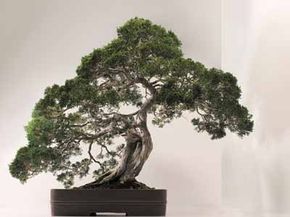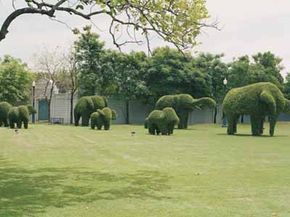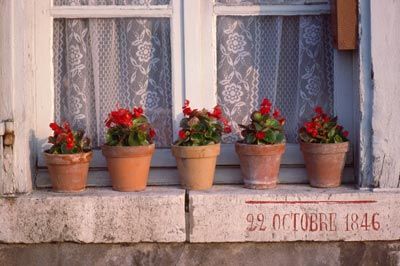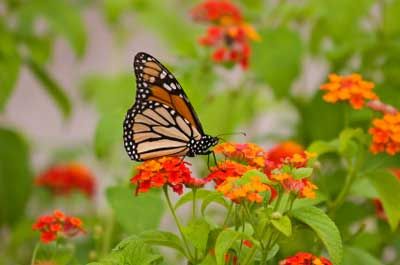Humans have been manipulating plants since the dawn of agriculture, but in many instances, these activities were done for the sake of art and beauty as opposed to food cultivation. Two notable examples are bonsai and topiary. While these may seem like similar types of plant management, their historic and cultural roots -- and sculpted appearances -- are actually the result of distinct forms of horticultural styling and artistic expression.
Although it's known that bonsai originated in China, authorities on the subject differ as to when the development of this miniaturized arboreal art form and related decorative arts occurred. Many place the advent of bonsai about 1,700 to 2,100 years ago, while some believe it started nearly 4,000 years ago [source: Elias]. While similar forms of tray landscapes retained popularity in China, the art of bonsai blossomed in Japan and achieved the status of national pastime.
Advertisement
Ornamental topiary, on the other hand, has its roots in the development of box hedges, which were first clipped and trimmed by the ancient Egyptians. The Romans later took up the mantle and popularized hedges made of box -- slow-growing plants of the genus Buxus, more commonly called boxwood in the United States -- as well as flourishing topiaries [source: Crebbin-Bailey].
It should also be noted that while bonsai and topiary are perhaps the most well-known of the ornamental gardening styles in the modern Western world, the field actually includes a broad range of forms. Penjing is one example. One of the early artistic practices from which bonsai sprouted, penjing is the art of miniature landscaping in shallow bowls and doesn't need to include trees. Other garden elements closely related to topiary include parterre (ornamental partitioning in gardens), cloud hedging (rippled, billowing hedges) and labyrinths.
On the next page, we'll take a closer look at the difference between bonsai and topiary and what links these two together.
Advertisement



